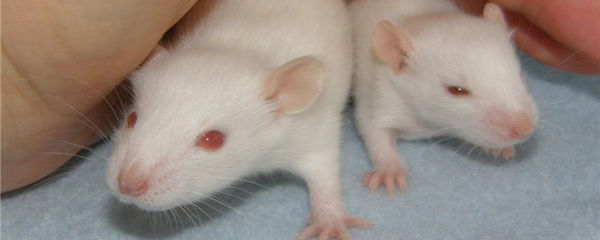What I’ve Learned:
“Laser capture microdissection: the best use of lasers this side of the Death Star.”
The problem with biology is, it’s messy.
You can open up some animal or person — well, not you, necessarily, but a surgeon or researcher with explicit permission, which is kind of important — and pluck out something you’re interested in. A tumor that needs diagnosis, say. Or a part of the brain not behaving itself. Maybe a gall bladder, because it’s infected or malignant or the doctor has a really weird Pandora bracelet thing going on.
It’s all well and good to decide what you want to carve out. But that’s where biology goes and gets messy.
Take the tumor example. Tumors don’t ordinarily grow in nice neat little balls inside the body, just waiting to be sliced away and stored in formaldehyde or used in a macabre match of bocce. Instead, they ooze between other tissues. They spread tendrils through organs and hop from one body part to another, like some kind of inner-space kudzu. To cut out the tumor, you’ve got to cut other stuff, too. And it’s not always clear which bits are which until the globs of flesh are sliced thin, slapped on microscope slides and diagnosed by a pathologist.
Even normal tissues have the same problem. Say you’re a brain researcher, because you’re a smart cookie and a Futurama fan and you don’t want to rely on Philip J. Fry to save the universe some day. That’s kind of a weird path to a career choice, but hey, it’s your life. Who am I to judge?
Anyway, you might want to study neurons pulled from the brains of lab mice or rats. But in that same brain sample are cells of other types. Glial cells. Skull cells, if you’re a little careless with the scalpel. Liver cells, if you’re a lot careless. The point is, to identify the neurons — and just the neurons — you’ll probably have to slice the tissue up, make some slides and find them under the microscope.
The question is: then what?
For decades, scientists could go through the procedures above and figure out that this sample over here was thirty percent pure for the cells they wanted, and that sample over there was ninety percent pure. But if they wanted to study those cells — pull out DNA or RNA or proteins and see what made them tick — they had no way to get rid of the contaminating schmutz scattered around them.
That’s where laser capture microdissection, or LCM, comes in. It sounds like something Darth Vader might do to torture information out of a Wookie, but it’s not. It’s actually more of a way to get rid of blemishes and impurities in a biological sample. Like an Oil of Olay for microscope slides.
So how many scientists does it take to perform a laser capture microdissection? Three, in principle. First, some smart brave person hooks an ultraviolet or infrared laser to the controls of a microscope, so moving the field of view back and forth will burn a line through the sample. Then a very patient careful person stares into the microscope for an hour or two, twisting the controls like an ungodly-expensive Etch-A-Sketch, tracing around the parts of the sample they want to carve out.
Finally, some brilliant crazy person figures out how to get that laser-jigsawed piece off the slide to do more science. Current methods include melting wax and sticking it to the piece (fairly awesome) to using gravity to shake the piece away (more awesome) to something called a laser pressure catapult (ridiculously awesome). This last procedure involves shooting an unfocused laser at the sample, literally punching the cutout into the air with photon force. Which, again: Wookie torture. But no. Science.
So that’s laser capture microdissection. You get just the bits you want, and none of the bits you don’t. And then you can look at just the cells you like, without anything else getting in the way. It’s as easy as Photoshopping George Costanza out of a vacation pic.
Just don’t try it on a Wookie. That would not end well.



